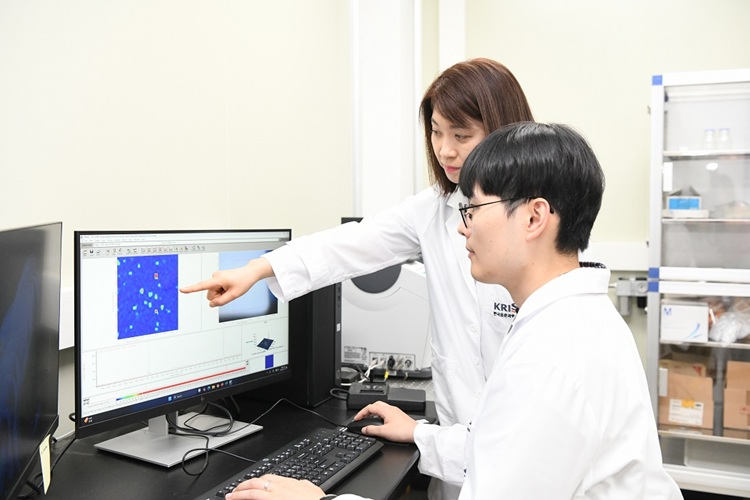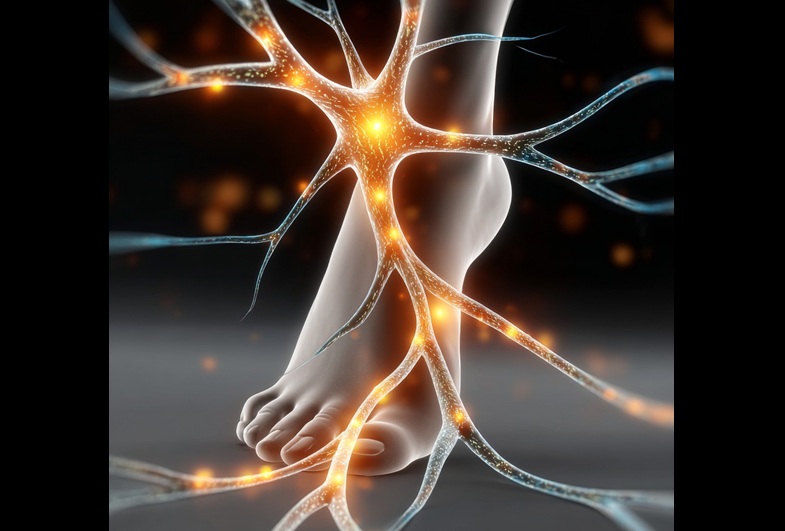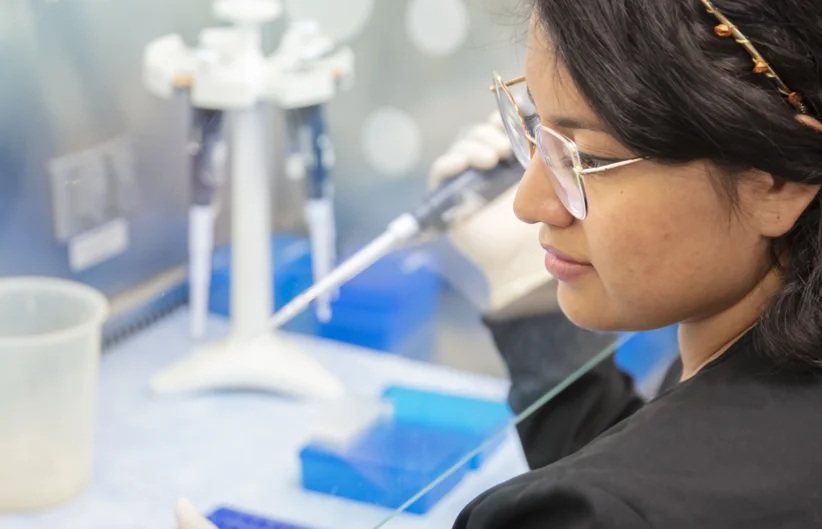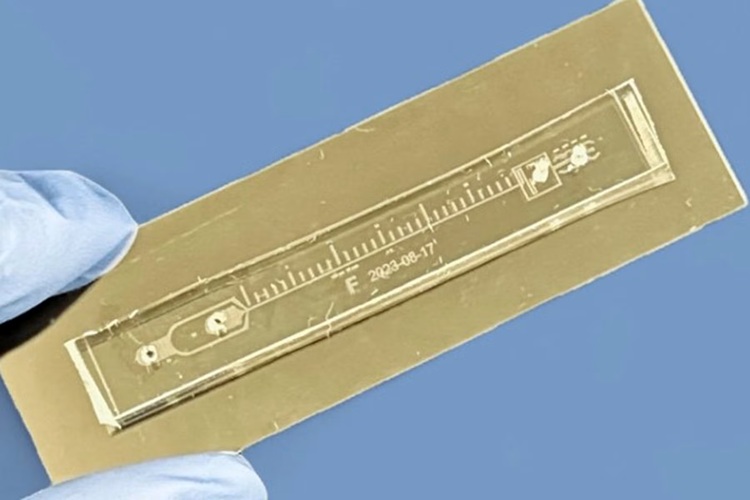Simple Body Fluid Test Offers Cost-Effective and Highly Sensitive Alzheimer’s Detection
Posted on 20 Aug 2025
Alzheimer’s disease is the most common form of dementia, responsible for 60–70% of cases worldwide. It is marked by progressive neuronal damage that leads to memory loss and cognitive decline, with no cure currently available. Current diagnostic methods, such as PET and MRI scans, cost over USD 750 per test, require advanced facilities, and typically detect the disease only once it has significantly progressed. Blood-based tests have so far lacked the accuracy needed for reliable early detection. A new sensing platform now enables ultrasensitive and precise measurement of Alzheimer’s biomarkers, offering a promising route to earlier and more accessible diagnosis.
Researchers at the Korea Research Institute of Standards and Science (KRISS, Daejeon, South Korea) have developed an ultrasensitive multiplexed quantitative sensing platform based on Surface-Enhanced Raman Spectroscopy (SERS). This system amplifies molecular optical signals by more than a hundred million times, allowing highly reliable quantification of trace Alzheimer’s biomarkers from simple body fluid tests. Unlike imaging, it provides rapid and cost-effective analysis, complementing existing methods while enabling earlier monitoring of disease progression.

The platform was engineered using sunflower-shaped gold nanoparticles capable of producing strong and uniform optical signals. This innovation solves the problem of signal variability seen in traditional spherical nanoparticles by creating a high-density distribution of enhancement sites inside and on the particle surface. As a result, the platform generates reproducible, quantitative signals at even the single-particle level and can simultaneously distinguish multiple biomarker targets with high precision.
Testing confirmed the platform’s unprecedented sensitivity, which is over 100,000 times more sensitive than conventional ELISA methods. The platform successfully detected amyloid beta peptides Aβ42 and Aβ40—critical Alzheimer’s biomarkers—at ultra-trace concentrations as low as 8.7 × 10⁻¹⁷ g/mL and 1.0 × 10⁻¹⁵ g/mL, respectively. Measuring the ratio of these peptides provides an early indication of disease progression. The results, demonstrating world-leading sensitivity and dynamic detection range, were published in Biosensors & Bioelectronics.
In addition to Alzheimer’s disease, the diagnostic platform holds significant potential for broader applications. Its low production cost and flexible design make it adaptable for biomarker detection in cancers, neurological conditions, and infectious diseases. Enabling early and accurate testing in routine clinical settings could reduce reliance on expensive imaging and support more timely interventions.
“The sensing platform we have developed can be mass-produced at low cost and flexibly adapted to a wide range of biomarkers,” said Dr. You Eun-Ah, Principal Research Scientist, KRISS Medical Metrology Group. “Beyond Alzheimer’s disease, it holds high versatility and strong commercialization potential for the early and rapid in vitro diagnosis and monitoring of various diseases, including cancers, neurological disorders, and infectious diseases.”
Related Links:
KRISS















